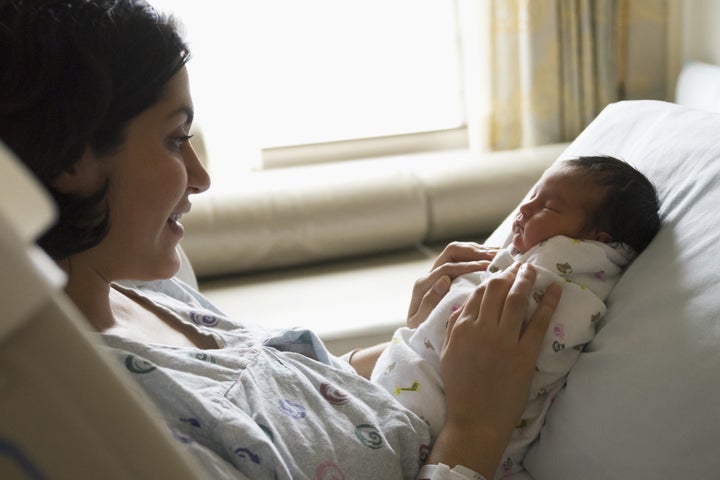
While US media heralded news earlier this summer that Cuba had become the first country in the world to eliminate mother-to-child HIV transmission, comparable progress closer to home went largely unnoticed.
Melbourne, Australia-based The Conversation has led the way with its coverage of how New York state went from having one of the highest rates of mother-to-child HIV transmission -- in both the nation and world -- to effectively eliminating the problem two years ago.
In the story, Stephen W. Nicholas, a Columbia University professor of pediatrics and public health, explains that New York has seen a 99.5-percent drop in the number of HIV-infected newborns since 1990, a year when almost 2,000 HIV-infected mothers -- predominantly in high-poverty, minority neighborhoods -- gave birth to between 475 and 660 HIV-infected children.
After drug therapy AZT was shown in a groundbreaking 1994 study to have a dramatic impact on mother-to-child HIV transmission rates, the state pushed to make the drug available to all HIV-positive women as well as their HIV-exposed newborns. Routine prenatal HIV testing was prioritized and mothers with HIV were encouraged not to breastfeed their babies in an effort to reduce the risk of transmission.
The Centers for Disease Control and Prevention followed suit nationally, as have governments and NGOs alike in a number of other nations. In the Dominican Republic, Nicholas reports that he’s worked with colleagues to apply the New York “blueprint” to the issue, leading to an 84-percent reduction in the country’s mother-baby HIV transmission rate, and that similar improvements have been made in Africa.
Still, Nicholas notes, an estimated 250,000 HIV-infected babies are being born each year internationally, so there is still much progress to be made.
The Conversation is an international non-profit media outlet that launched in the U.S. last year. The website relies on collaboration between editors and academics.
MORE:
The What’s Working Honor Roll highlights some of the best reporting and analysis, from a range of media outlets, on all the ways people are working toward solutions to some of our greatest challenges. If you know a story you think should be on our Honor Roll, please send an email to editor Joseph Erbentraut at joseph.erbentraut@huffingtonpost.com with the subject line "WHAT'S WORKING."

